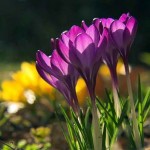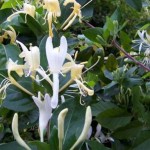
As the garden temperatures drop and cooler weather sets in, the vibrancy of summer blooms begin to fade, leaving the borders yearning for a burst of colour – a role perfectly suited for winter bedding plants. If you’re someone who identifies with the genus ‘Plantaceae Obsessivivum,’ cherishing your garden’s beauty even in the colder months, you understand the importance of defying the winter gloom and infusing life into your outdoor space.
In this gardening article, crafted with passion for those who share my love for gardening, even in the depths of winter, we’ll explore the wonders of winter bedding plants to keep your garden thriving with vitality and hues during the chilly season.
Top Tips for Growing winter bedding plants
Elevate your garden’s winter charm by cultivating winter bedding plants, whether nestled within borders or adorning your planters. When it comes to planters, hanging baskets, and pots, opt for a loam-based compost like John Innes No 2 to provide a nourishing environment. It’s essential to ensure your pots have proper drainage, preventing the roots of your resilient winter plants from being ensnared in a frozen block of ice. By following these planting guidelines, you’ll set the stage for a vibrant and flourishing winter garden, showcasing the beauty and resilience of carefully chosen winter bedding plants.
Autumn & winter plants to try this year
Explore our curated list below to guide you in selecting the most resilient and frost-hardy winter bedding plants. These choices are guaranteed to infuse your garden with a touch of summer, ensuring that even in the colder months, your outdoor space remains vibrant and inviting. Discover the ideal winter bedding plants that will not only withstand the chill but also bring warmth and color to your winter garden sanctuary.









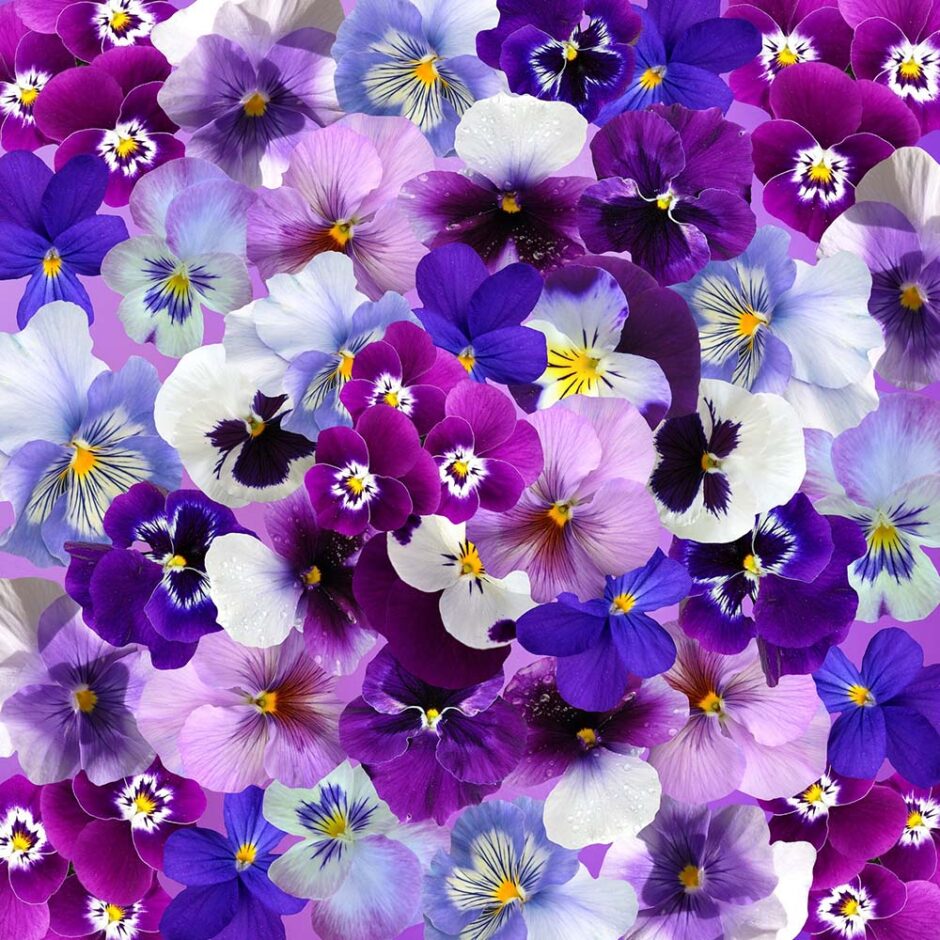


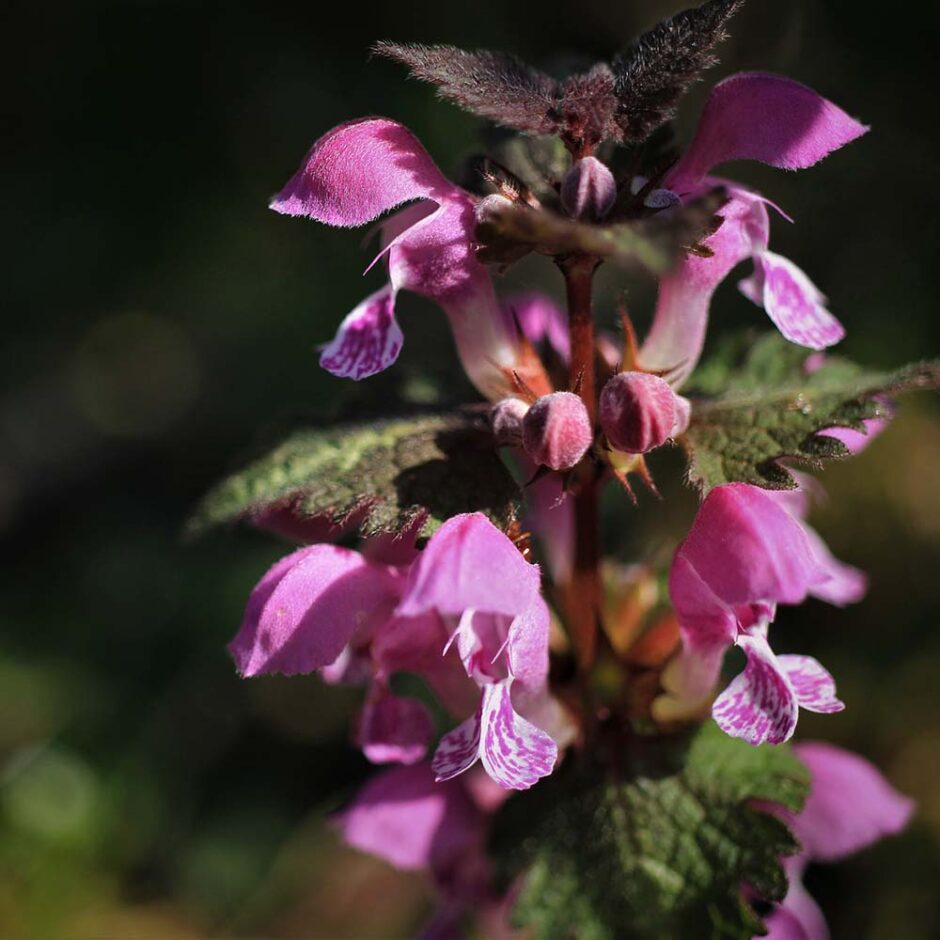

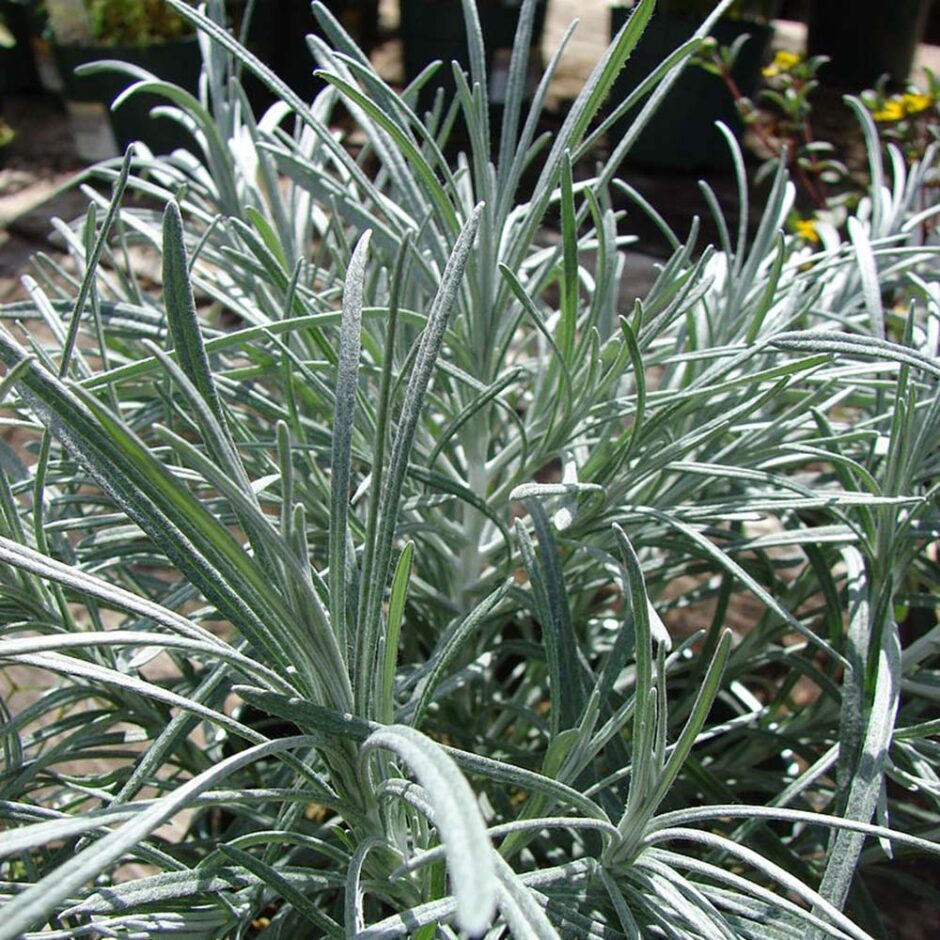






Tips on getting the best from your frost-hardy Flowering plants
As the light levels and temperatures dip to their lowest in autumn and winter, it’s essential to consider the unique challenges of the colder months when selecting and planting your flora. Winter bedding plants become key players in maintaining garden vibrancy during this season, their hardiness ensuring steady growth despite the slower pace dictated by colder temperatures. To optimize your garden’s appeal, strategically plant winter bedding plants closer together, concealing any bare earth and creating a lush display. This thoughtful arrangement not only enhances aesthetics but also minimizes the risk of overcrowding, allowing each winter bedding plant to thrive in its own space.
Securing optimal drainage for your border is crucial for the successful cultivation of winter bedding plants. Achieve this by either elevating the border level with a raised border or creating a drainage ditch filled with pea gravel around the border. Another effective option is to showcase your hardy winter bedding plants in containers and hanging baskets, providing both mobility and visual appeal. Remember to water your plants on a weekly basis or, as necessary, steer clear of water-retaining gel that could potentially freeze. Hardy winter plants, resilient in the face of colder temperatures, generally require minimal feeding, a consideration especially pertinent during the winter months. Enhance your gardening experience by implementing these drainage and care strategies for winter bedding plants, ensuring a thriving and visually striking winter garden.
Is it necessary to feed winter bedding plants?
Newly planted bedding plants should be watered on a regular basis. Once they have settled in, your plants should only require watering during extended periods of dry weather. If you plant your bedding in the ground, then you may not need to feed them. Plants in pots will need feeding every 2–3 weeks.
When should I start planting my winter bedding plants?
Autumn is the ideal time to plant winter bedding plants. Preparing your garden during the month of October will ensure a vibrant display from November to February.
What plants work best in a winter hanging basket or container?
Crocus, Gaultheria, Iris reticulata, Carex, Erica carnea, Cyclamen, Primula, Viola and Ivy are all frost-hardy bedding plants you can try.
If you found valuable insights in this discussion about winter bedding plants, we invite you to share it with your friends and engage in the conversation by leaving your comments below. Your thoughts are important to us, and we would love to hear from you. For additional details and comprehensive guidance on this topic, you can explore the RHS article dedicated to Winter Container Plants. Delve deeper into the world of winter gardening with expert insights and tips on selecting and nurturing plants for a vibrant and resilient seasonal garden.
